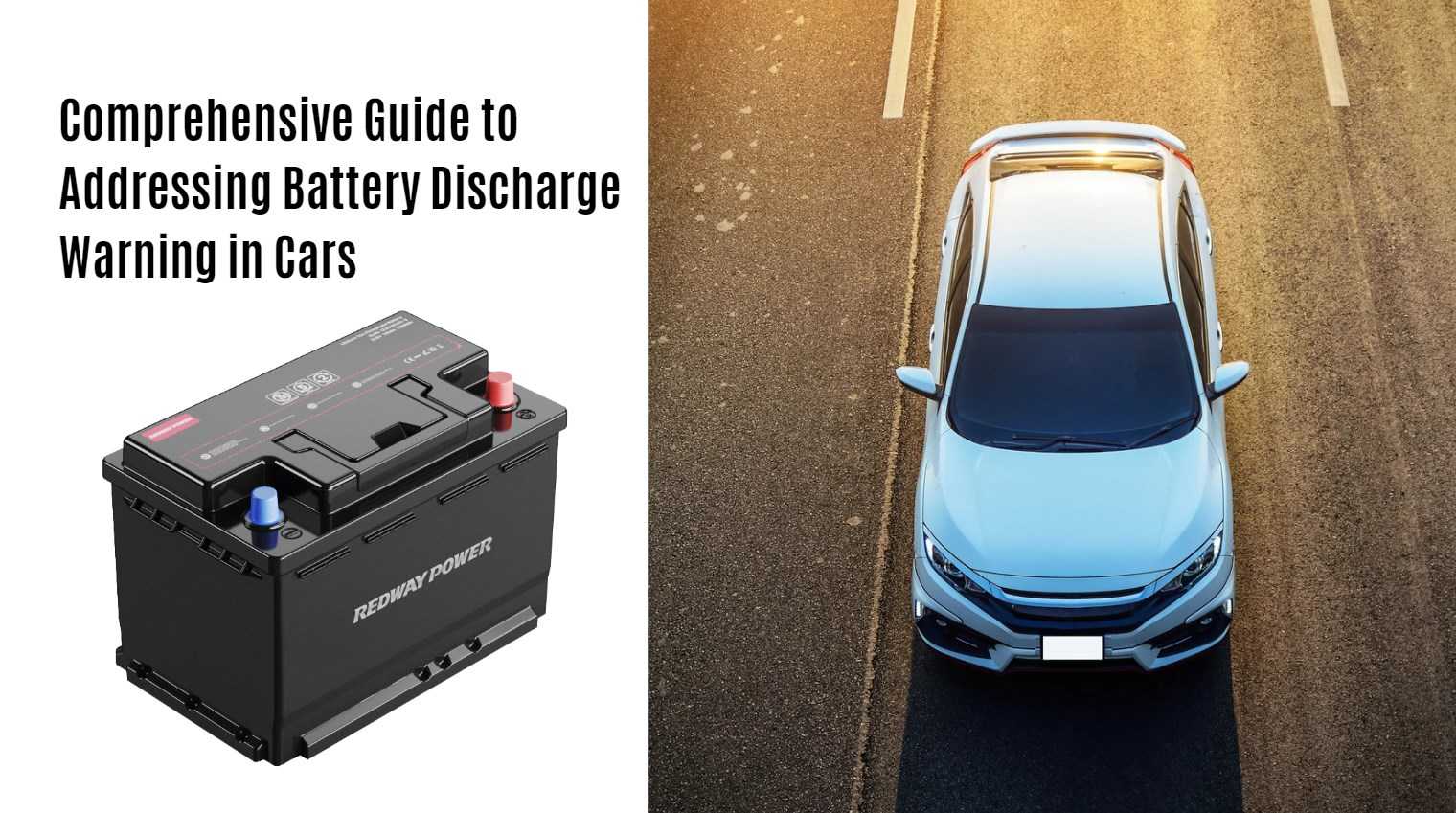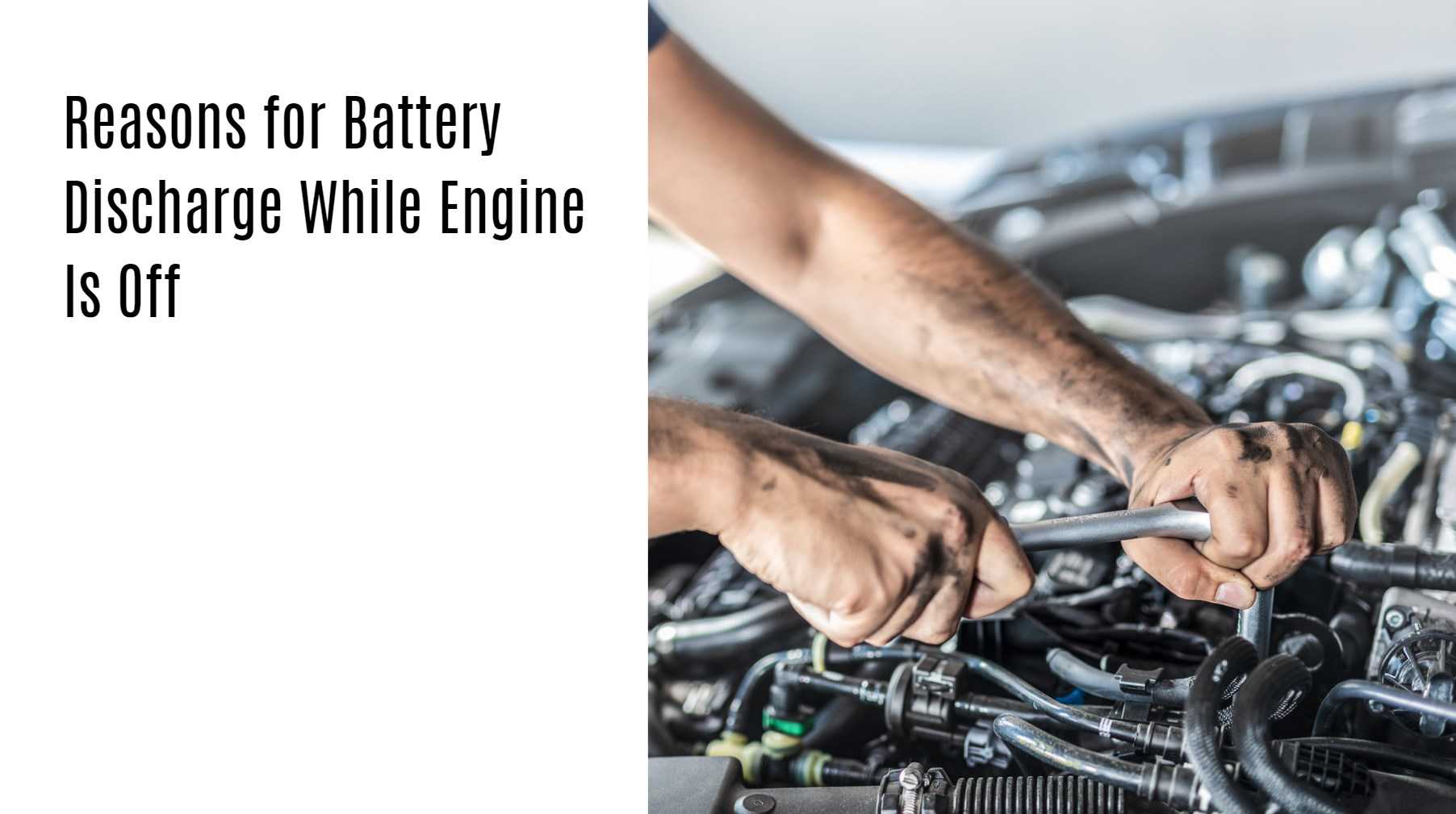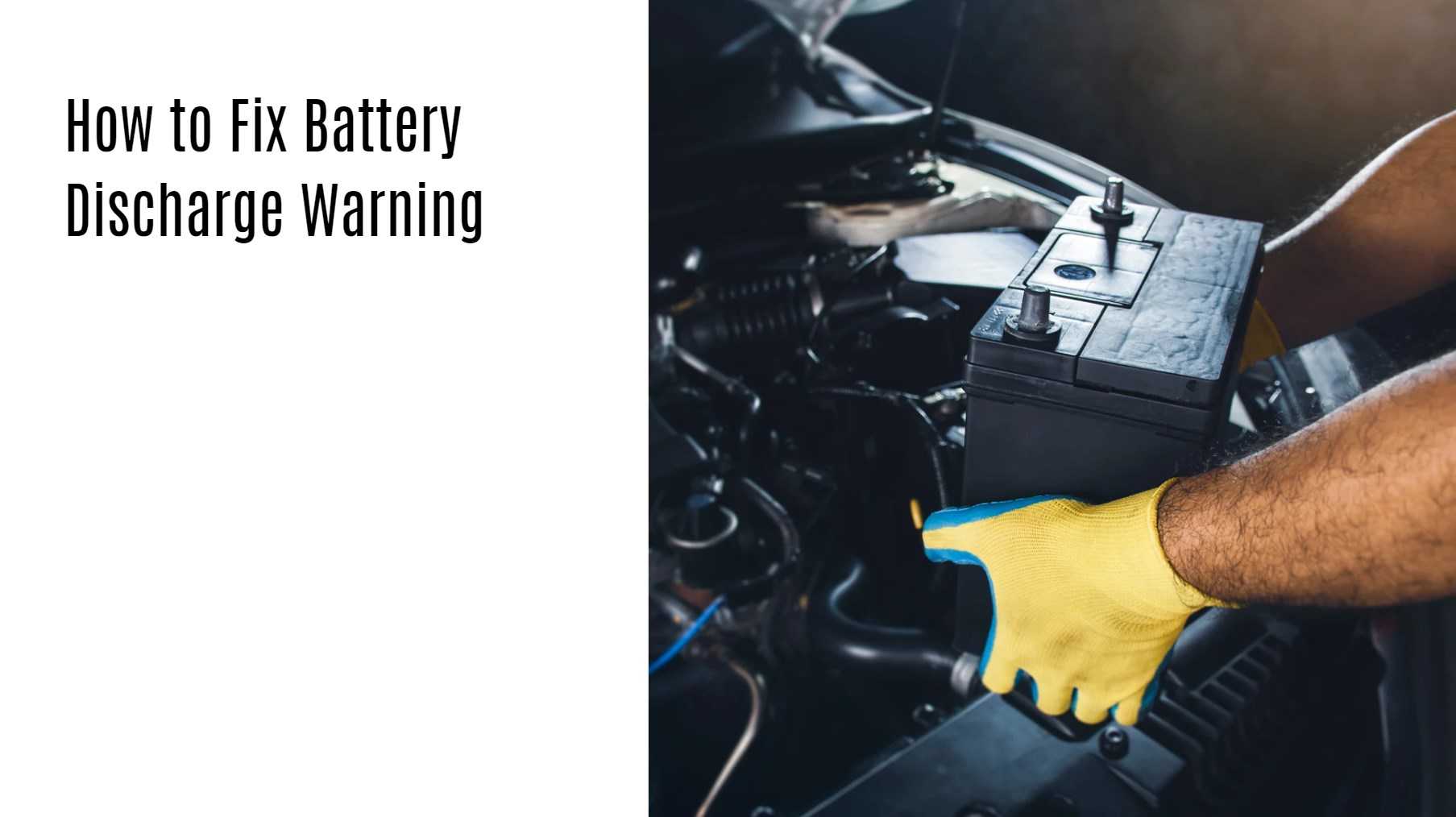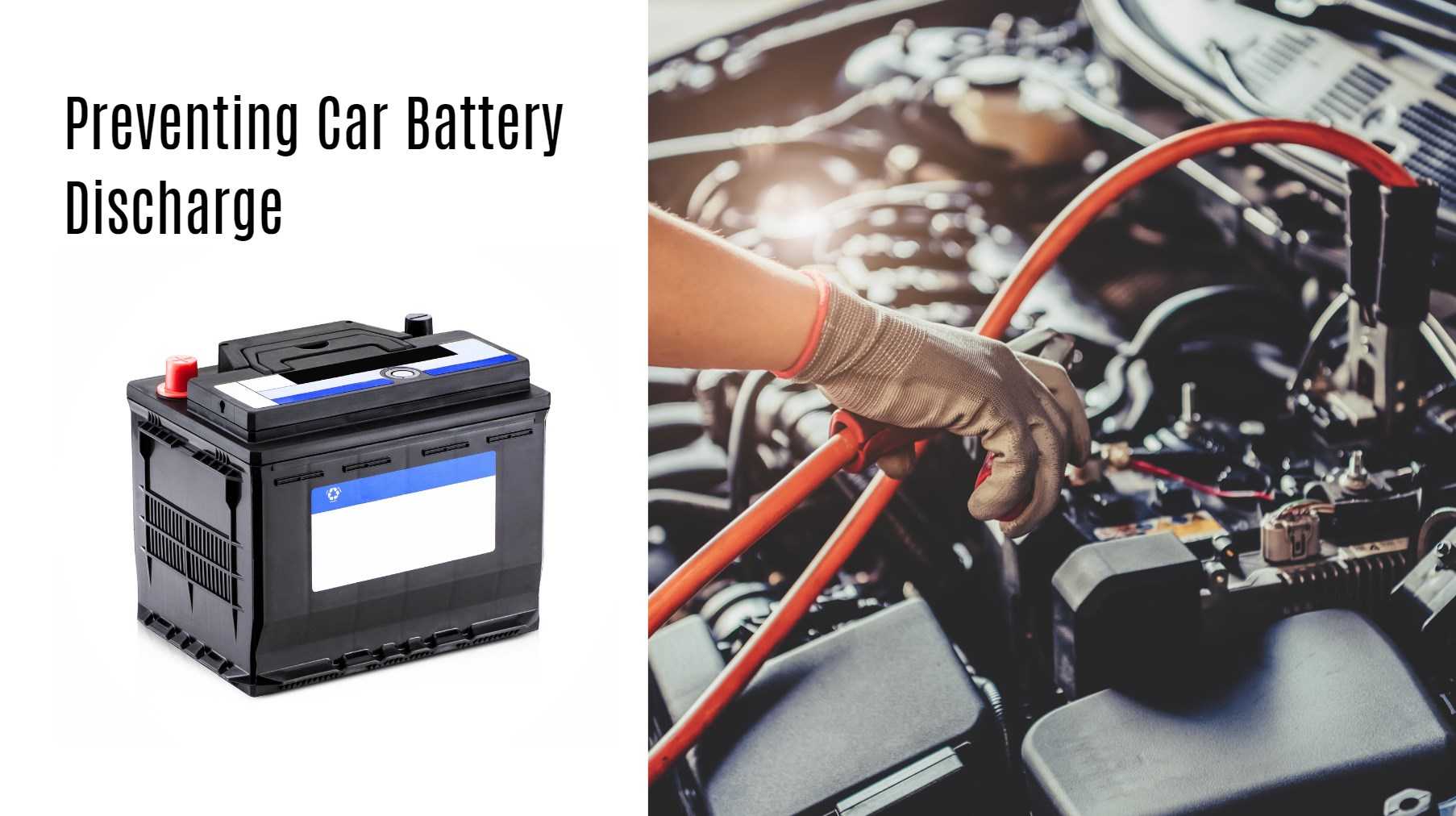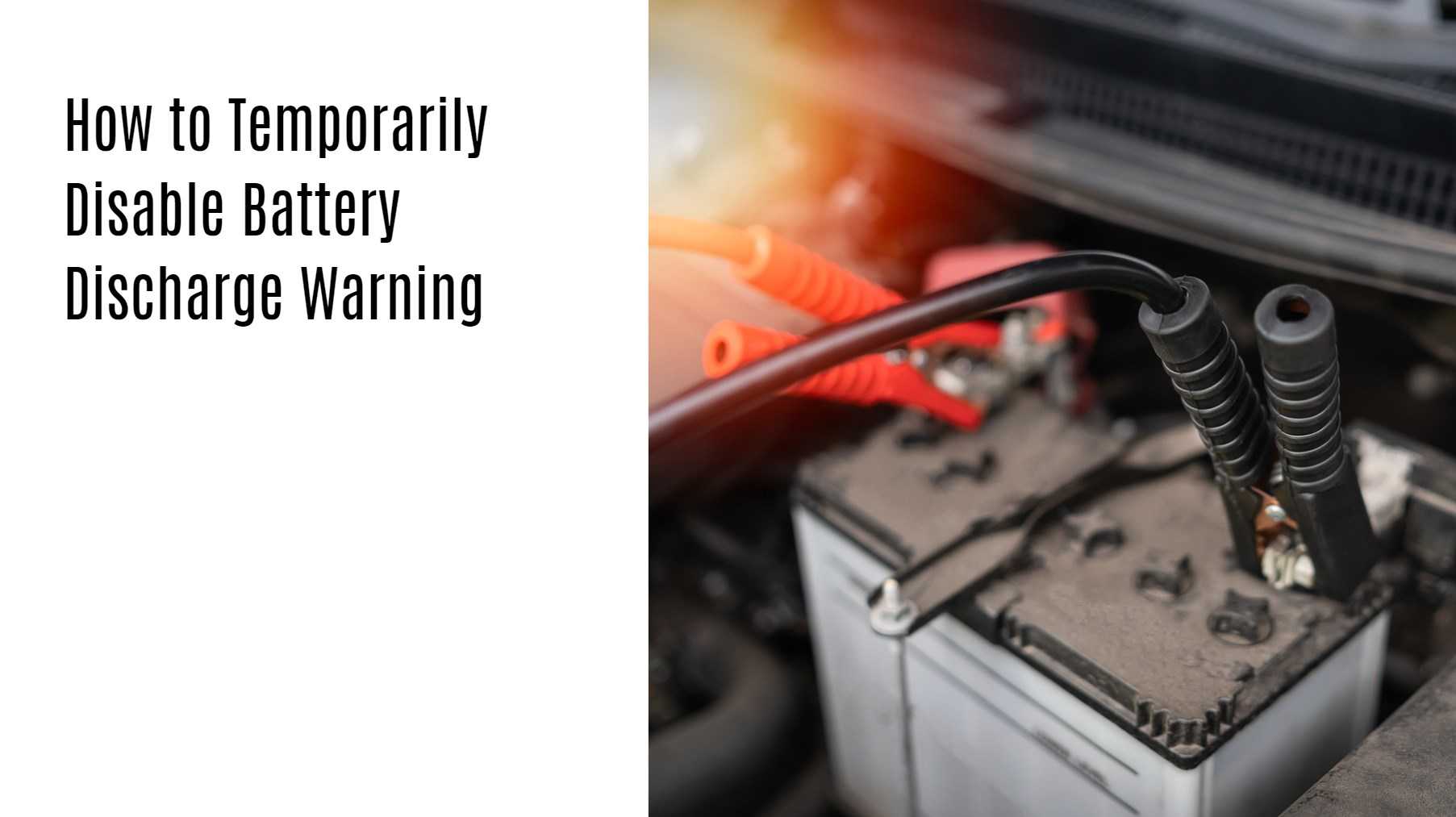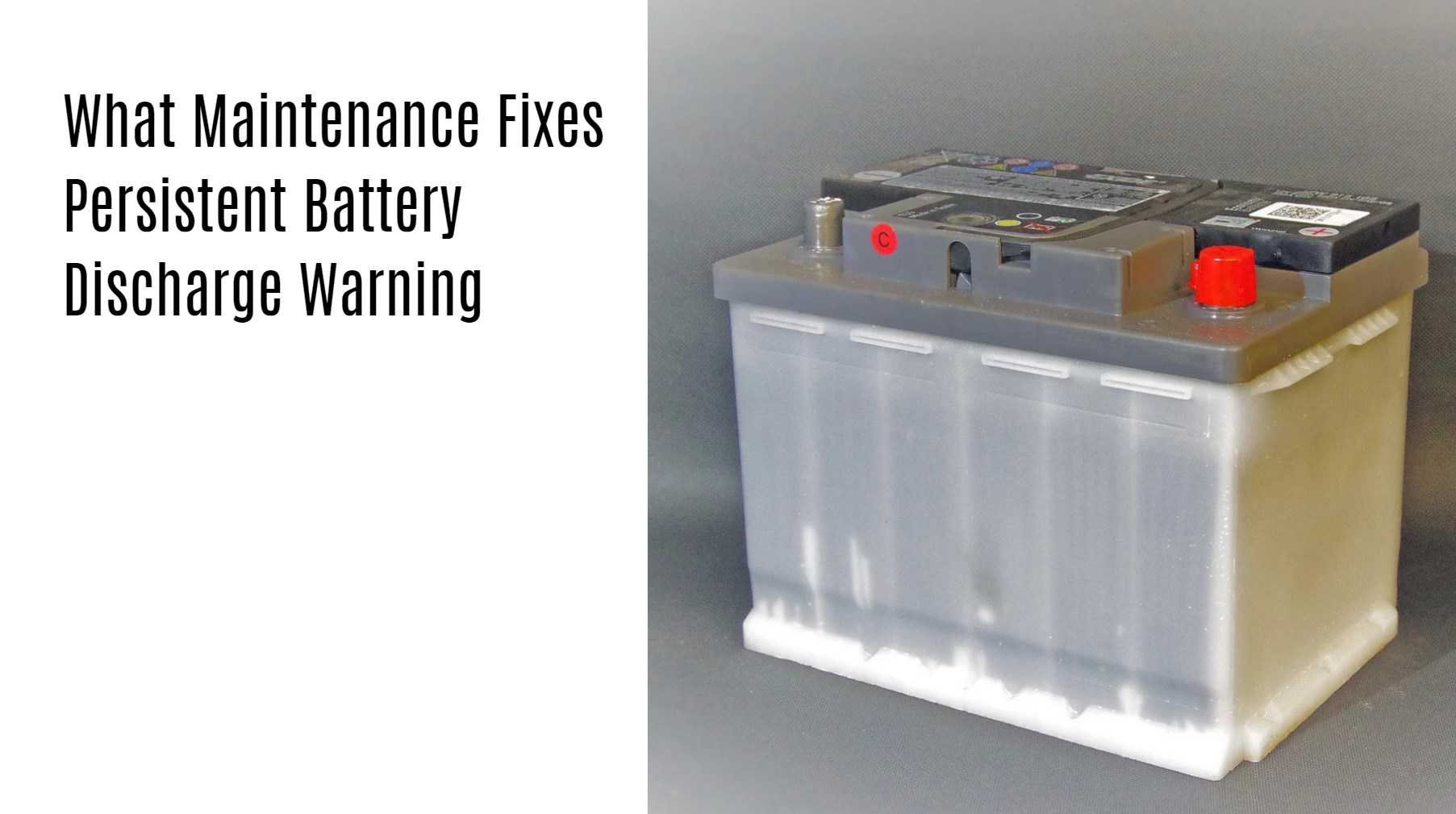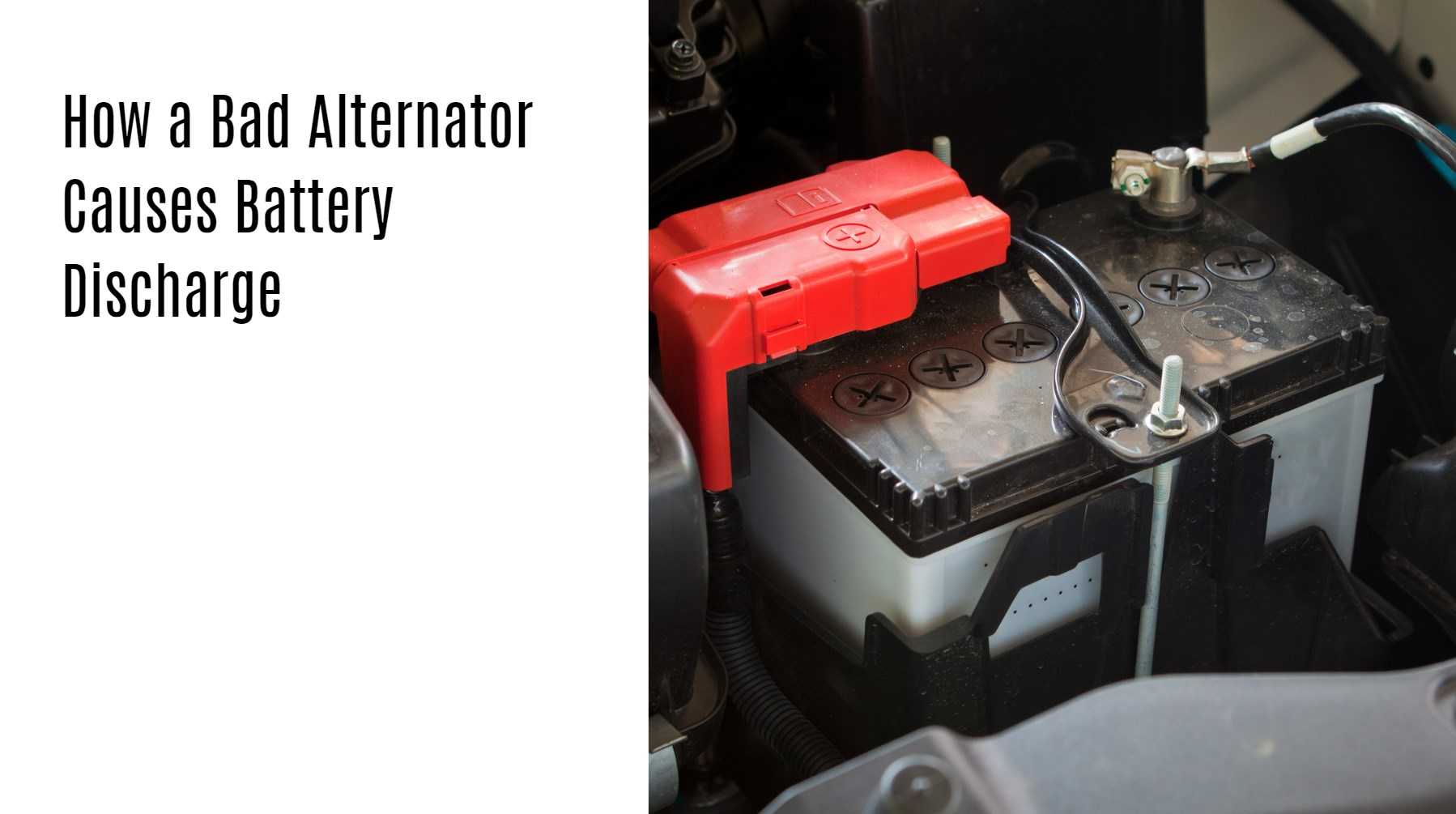Experiencing a battery discharge warning in your car can be both frustrating and concerning. This warning indicates that your car’s battery is depleting faster than it is being charged. Such issues can arise from various factors, including parasitic drains, faulty alternators, and improper maintenance. This guide aims to provide an in-depth understanding of the causes, prevention, and solutions for battery discharge warnings to help you maintain a reliable vehicle.
Understanding Battery Discharge Warning
What Is a Battery Discharge Warning?
A battery discharge warning signals that your vehicle’s battery is losing charge at a faster rate than it is being replenished by the alternator. This can happen when the car is running or when it is turned off, and understanding the underlying causes is crucial for timely resolution.
Effects of Low/Dead Battery When Engine Runs
When a vehicle operates with a low or dead battery, it can significantly affect performance. The engine may need to work harder, resulting in decreased fuel efficiency, potential alternator strain, and overall diminished vehicle reliability.
Wholesale lithium golf cart batteries with 10-year life? Check here.
Reasons for Battery Discharge While Engine Is Off
Parasitic Drainage
Parasitic drainage occurs when electrical components consume power even when the vehicle is turned off. Malfunctioning sensors, interior lights left on, or other electrical faults can cause continuous battery drain, leading to a discharge warning.
Want OEM lithium forklift batteries at wholesale prices? Check here.
Left-On Headlights and Radio
Leaving the headlights or radio on when the car is off can quickly deplete the battery’s charge. Ensuring all electrical accessories are turned off before leaving the vehicle can prevent unnecessary drainage.
Chargers Left Plugged In
Modern vehicles often come with charging ports for electronic devices. Leaving chargers plugged in can continue to draw power, contributing to battery drain.
Faulty Battery Terminal Connections
Loose or corroded battery terminals can prevent proper charging and lead to battery drainage. Regular inspection and maintenance of terminal connections are essential.
Extreme Weather Conditions
Severe temperatures, both hot and cold, can adversely affect battery performance. Extreme weather can increase the rate of battery discharge, necessitating precautions such as garage parking.
Aging Battery
As batteries age, their ability to hold a charge diminishes. An older battery may struggle to maintain sufficient charge, especially when the car is off.
Reasons for Battery Discharge While Engine Is On
Excessive Use of Electrical Accessories
Using more electrical accessories than the battery can support, such as aftermarket sound systems and multiple charging devices, can cause battery drain even while driving.
Failing Alternator
The alternator plays a critical role in charging the battery. A failing alternator can lead to insufficient battery charging, resulting in a discharge warning.
Weak or Damaged Battery
A weak or damaged battery may not hold a charge properly, leading to a discharge warning despite a functioning alternator.
Faulty Ground Connection
Issues with the ground connection can cause the battery to discharge incorrectly, as the charge may not be directed to the battery efficiently.
Damaged Serpentine Belt
The serpentine belt powers the alternator. If this belt is damaged, it can prevent the alternator from charging the battery adequately.
Faults in the Charging Circuit
Defective sensors or starter motor issues within the charging circuit can prevent the battery from charging efficiently, leading to a discharge warning.
How to Fix Battery Discharge Warning
Charging the Battery
Using chargers such as trickle chargers, smart chargers, or conventional chargers can help replenish a low battery.
Jumpstarting the Car
A jumpstart can be a quick fix for a dead battery. After jumpstarting, driving the car for at least 30 minutes allows the alternator to recharge the battery.
Checking Battery Electrolyte
Low electrolyte levels can impair battery performance. Ensure that the battery cell plates are submerged in electrolyte to maintain proper function.
Replacing the Battery
If the battery is old or damaged beyond repair, replacing it is the ultimate solution to prevent discharge warnings.
Preventing Battery Discharge
Regular Maintenance
Regular inspection and cleaning of battery terminals, checking for corrosion, and ensuring secure connections can prevent battery drain.
Turning Off Electrical Components
Always ensure all lights, radio, and accessories are turned off when the vehicle is parked to minimize power drain.
Protecting from Extreme Temperatures
Avoid exposing the battery to extreme temperatures by parking in shaded or insulated areas.
Using a Battery Maintainer
For vehicles parked for extended periods, a battery maintainer can help keep the battery charged and prevent discharge.
Monitoring Battery Health
Regularly test battery health using professional tools to identify issues before they lead to discharge warnings.
Conclusion
Addressing battery discharge warnings promptly can prevent unexpected power loss and maintain vehicle reliability. By understanding the causes and implementing preventative measures, you can ensure a well-functioning battery and avoid the inconvenience of a dead vehicle. Regular maintenance, timely replacements, and cautious use of electrical accessories are key to a healthy car battery.
FAQs
What are Effects of Low/Dead Battery When Engine Runs?
When the engine runs with a low or dead battery, it can have significant effects on the car’s performance. A weak or dead battery can impact fuel efficiency, requiring the engine to work harder and consume more fuel. This can result in decreased mileage and increased fuel costs. Additionally, the strain on other components, such as the alternator, can lead to premature wear and potential breakdowns. Regular battery maintenance and timely replacement are crucial to ensure optimal engine performance and fuel efficiency.
What are Components of Car’s Charging Circuit?
- Battery: The battery provides the power needed to start the engine and serves as a storage of electrical energy.
- Alternator: The alternator generates current to supply power to all electrical equipment in the car. It converts mechanical energy into electrical energy.
- Voltage Regulator: The voltage regulator controls the voltage of the current produced by the alternator. It ensures that the battery remains fully charged and protects the electrical components from over-voltage.
- Other Components: The charging circuit also includes components such as the ignition switch, charging indicator light, transmission belt, body control module, and battery current sensor. These components play specific roles in regulating and monitoring the charging system.
Ending: Understanding the components of a car’s charging circuit is essential for maintaining a reliable electrical system. The battery, alternator, voltage regulator, and other components work together to ensure the battery is charged and the electrical equipment is powered. Regular maintenance and timely replacement of faulty components are crucial for optimal performance. Keep your charging circuit in top condition to ensure a smooth and efficient driving experience.
How Do Short Trips Affect Car Battery?
Taking frequent short trips can have a detrimental effect on your car battery. The initial engine start is the most taxing use of the battery’s power, and if the alternator doesn’t have enough time or capability to recharge the battery, it can lead to a shorter battery life and a battery that fails to hold a charge. Frequent short trips, particularly in urban areas, drain the battery because the alternator doesn’t have sufficient time to keep the engine running. To maintain a healthy battery, it is recommended to take longer drives occasionally to allow the battery to fully recharge.
How Does Battery Age Affect Its Performance?
- Capacity Degradation: As a battery ages, its capacity to hold and provide charge decreases. This leads to reduced range and performance, affecting the overall functionality of devices powered by the battery.
- Factors Contributing to Aging: Battery aging is influenced by various factors, including electrode degradation, solid-electrolyte interface growth, and electrolyte degradation. These processes occur over time and impact the battery’s ability to store and release energy.
- Temperature Effects: Temperature plays a significant role in battery aging. High temperatures can accelerate the aging process, while lower temperatures can slow it down. It is important to maintain batteries within recommended temperature ranges to optimize their lifespan.
- Discharge Rate Impact: The rate at which a battery is discharged can affect its characteristics and overall run time. Higher discharge rates can lead to increased internal resistance and reduced run time. Adhering to recommended discharge rates can help maintain optimal battery performance.
How to Temporarily Disable Battery Discharge Warning
- Accessing the engineer mode on a Kia may provide a way to disable the battery discharge warning.
- Using a portable jump start battery can serve as a workaround for the warning.
- Leaving the radio on for an extended period and observing the battery’s performance can offer insights into the necessity of the warning.
Why Short Trips Deplete Car Battery Faster
- Short trips may not provide enough time for the alternator to fully recharge the battery.
- The alternator plays a crucial role in supplying the current needed for battery charging.
- The duration of driving time is essential for proper battery replenishment.
What Consequences Does a Battery Discharge Warning Have?
- A battery discharge warning indicates that the car’s battery is draining faster than it is being charged.
- Consequences of a discharged battery include the risk of complete battery drain and the need for battery replacement.
- Factors such as loose connections, unusual weather conditions, battery aging, and parasitic drainage can contribute to battery discharge.
- Faulty charging circuits or worn-out components like the serpentine belt and alternator can also accelerate battery discharge.
What Is a Battery Discharge Warning?
- A battery discharge warning alerts you that your vehicle’s battery is draining faster than it is being charged.
- The warning serves as a crucial indicator to prevent battery depletion and potential electrical failures.
- Factors such as using electrical components when the engine is off, an old battery, leaving lights turned on overnight, extremely cold temperatures, a faulty alternator, and short drives can trigger the battery discharge warning.
How to Use Hyundai/Kia Battery Reset Switch
- Turn off the ignition and ensure the vehicle is in park.
- Locate the reset switch, usually in the fuse box or engine compartment.
- Press and hold the reset switch for a few seconds.
This process will reset the vehicle’s electrical system and address any battery-related issues. Watch this informative video tutorial by Hyundai USA for a visual demonstration on how to use the battery reset switch.
What Maintenance Fixes Persistent Battery Discharge Warning
- Understand the causes of battery drain, such as problems with the starter, alternator, or accessories left on.
- Disable unneeded electrical components and identify the root cause of the problem.
- Consider temporary fixes like using a portable charger or jumpstart for immediate relief.
- Perform regular battery maintenance, including voltage checks and terminal cleaning, to identify issues early and prevent unexpected failures.
- Consult a mechanic for accurate diagnosis and reliable fixes for recurrent discharge issues.
Why Turn Off Devices to Fix Battery Discharge Warning
- Turning off unnecessary electrical devices in your car reduces power consumption.
- Reduced power consumption allows the battery to recover and recharge.
- Starting the car and letting the engine run helps the alternator charge the battery.
- Maintaining the battery by checking terminals and testing voltage is crucial.
- If necessary, replacing the battery with a new one provides a long-term solution.
What Steps Prevent and Fix Battery Discharge Warning
- Start your car and let the engine run to allow the alternator to charge the battery.
- Turn off unnecessary electrical devices like the radio, lights, climate control, and chargers to reduce power consumption.
- Maintain your battery by checking terminals, testing voltage, and topping up with distilled water if needed.
- If the battery is old or unable to hold a charge, replace it with a new one for optimal performance.
By implementing these steps, you can prevent battery drain and effectively fix a battery discharge warning in your car.
How a Low/Dead Battery Causes Issues When Engine Runs
- Starting the engine causes the battery voltage to drop, affecting the proper functioning of the vehicle’s computer systems.
- Low battery voltage can result in faults and decreased performance of the vehicle.
- In some cases, a low or dead battery may prevent the engine from running properly.
How a Bad Alternator Causes Battery Discharge
- An alternator converts mechanical energy into electrical energy and charges the battery in a vehicle.
- A bad alternator can allow power to flow from the battery through the field winding, even when the engine is not running.
- This continuous power flow from the battery can cause the battery to discharge while the vehicle is parked.


